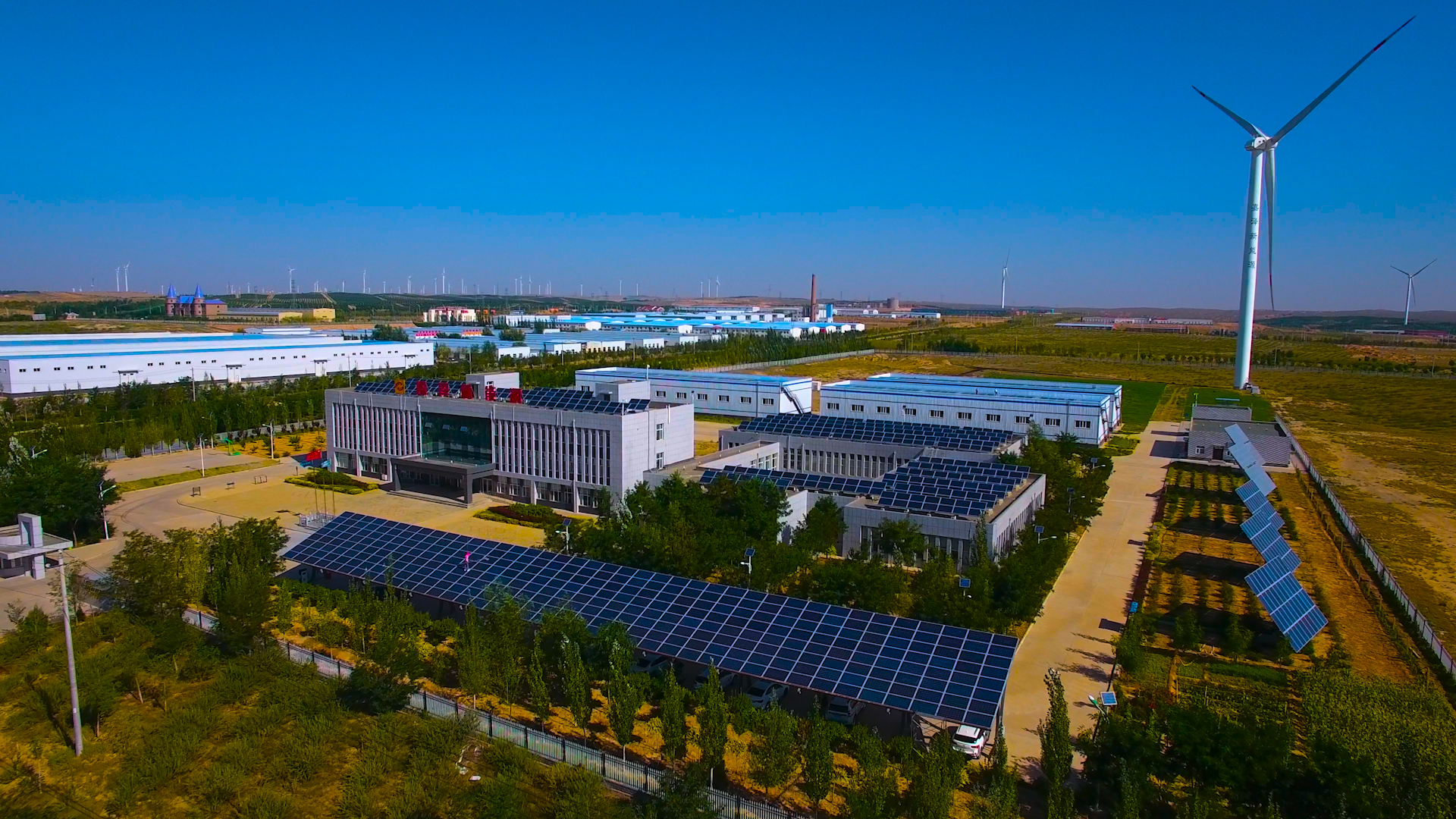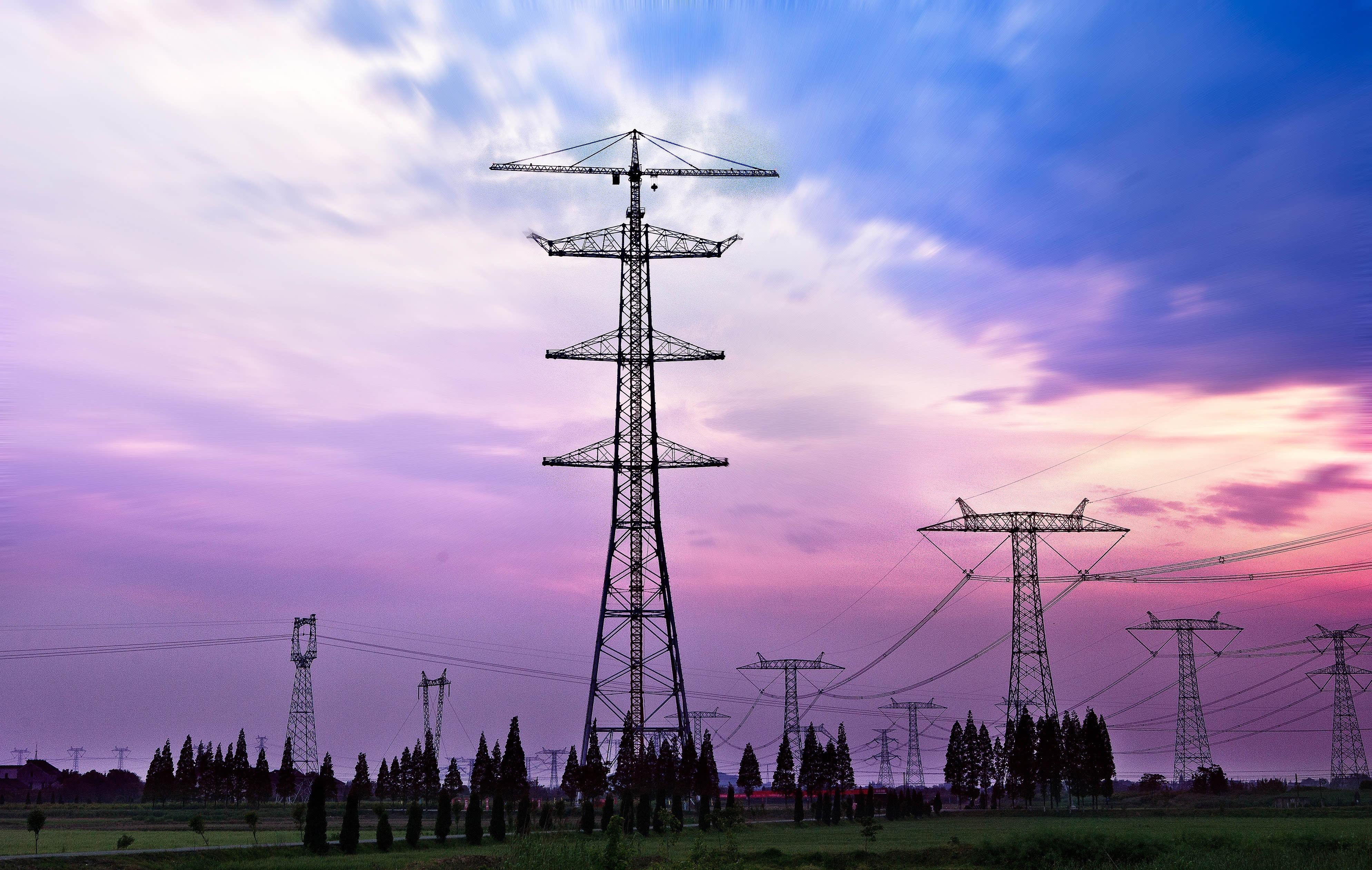
Kas . 23, 2023 17:01 Listeye geri dön
Akıllı mikro şebekenin temel teknolojisi
Akıllı mikro şebekelerin geliştirilmesi ve uygulanması birkaç temel teknolojiye dayanmaktadır. Öncelikle yeni enerji ve yenilenebilir enerjiden elektrik üretim teknolojilerinin kullanılması esastır. Şu anda akıllı mikro şebekeler öncelikle fotovoltaik ve rüzgar enerjisinin yanı sıra hidrojen, doğal gaz ve biyogaz gibi çeşitli yenilenebilir enerji kaynaklarına dayanmaktadır. Bu olgun enerji üretim teknolojileri, çeşitlendirilmiş ve sürdürülebilir bir enerji tedariğine olanak tanır.
Secondly, energy storage plays a crucial role in microgrids. It helps to balance the intermittent nature of renewable energy sources by providing peak shaving and valley filling capabilities. Several energy storage technologies are currently being used, including battery energy storage, flywheel energy storage, superconducting magnetic energy storage, and supercapacitor energy storage. While lead-acid batteries are currently the most mature energy storage technology, they face issues such as short lifespan and lead pollution. However, the marketization of graphene batteries, which offer high energy, low cost, and high-quality performance, holds great promise for the future of energy storage in smart microgrids.

Üçüncüsü, akıllı mikro şebekelerde enerjinin optimizasyonu ve dağıtımı geleneksel elektrik şebekelerinden farklıdır. Akıllı mikro şebekeler, yatay çoklu enerji tamamlayıcı optimizasyon dağıtım teknolojisini kullanır. Bu, termal, elektrik ve soğuk çıktıları gerçekleştirerek çeşitli enerji yönetim sistemlerinin verimli bir şekilde kullanılmasına olanak tanır. Ek olarak, ışık/elektrik, sıcak/soğuk, rüzgar/elektrik ve doğrudan/AC enerji değişimi gibi farklı güç kaynakları arasında doğrudan tamamlayıcı ikameye olanak sağlar. Enerjinin kaynak-depolama-yük bağlantılarında hiyerarşik ve düzenli şekilde dağıtılması, optimum enerji kullanım verimliliğini sağlar.
Lastly, smart microgrids require effective protection and control technologies. With multiple power sources and loads in operation, adjustments and control through the energy storage system or the external power grid are necessary to accommodate load changes and power supply fluctuations. The microgrid control center handles the regulation, switching, and control of these power supplies. It monitors the power parameters, switching status, power quality, and energy parameters of each new energy power generation system, energy storage system, and load. Additionally, the microgrid control center focuses on energy saving and improving power quality to enhance the overall performance of the smart microgrid.

The rapid development of smart microgrids is reshaping the traditional power grid landscape. These microgrids establish an exchange of energy with the larger power grid, serving as backups for each other. This active distribution network enhances the reliability of power supply by integrating the capabilities of distributed energy resources. Smart microgrids offer great potential in reducing energy consumption, improving power system reliability, and enhancing flexibility. As a result, microgrid technology has gained significant attention and is seen as a new direction for power system reform. The marketization process of key equipment in smart microgrids will accelerate the advancement and performance of these technologies.
İlgili ürünler:
Elektrokimyasal enerji depolama FlexPIus-EN-512
İhlal halinde kaldırılacaktır
Referans web sitesi: https://www.sohu.com/
-
Wireless DC Charging: The Next Frontier in Contactless EV Power Delivery
HaberlerAug.04,2025
-
Hybrid BMS Energy Controls: Integrating Renewable Energy Sources
HaberlerAug.04,2025
-
Blockchain for Secure and Decentralized EMS Power Systems
HaberlerAug.04,2025
-
AI-Driven for Smart Grids: Energy Management System (EMS)
HaberlerAug.04,2025
-
Advanced Distribution Management System (ADMS) Energy
HaberlerAug.04,2025
-
5G-Enhanced BMS Energy Savings: Ultra-Low Latency Control
HaberlerAug.04,2025























